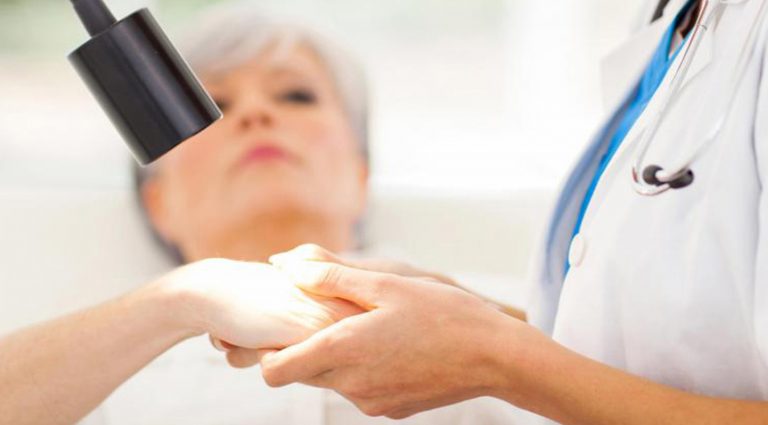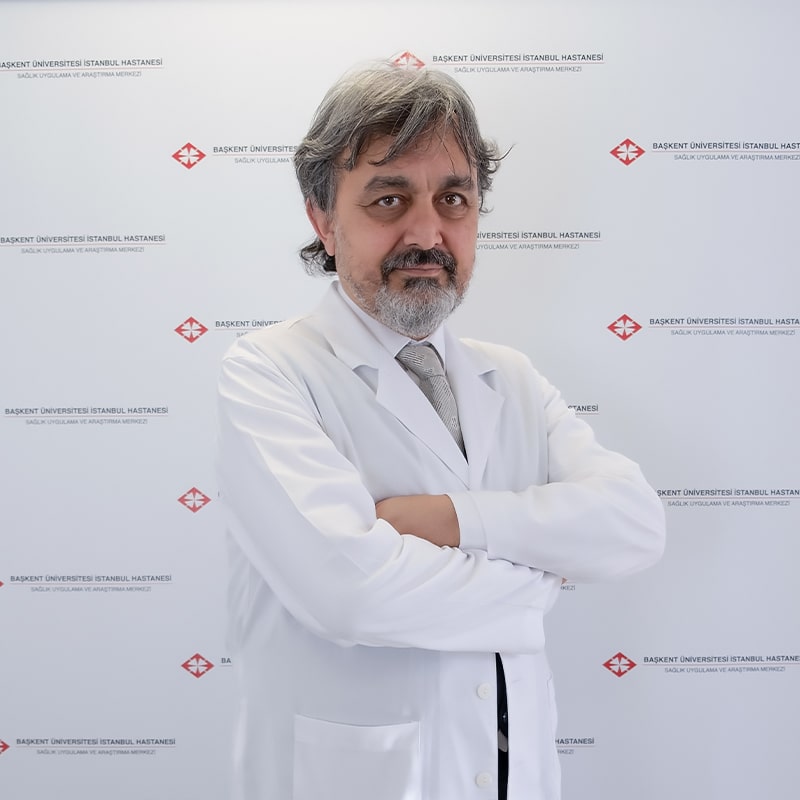
Overview
Main Area of Focus of Dermatology
Diagnosis and treatment of infectious diseases: Fungal diseases, bacterial skin diseases, viral diseases (such as herpes - cold sore, verruca-wart etc.), parasitic diseases (such as scabies , pediculosis-lice etc.), sexually transmitted diseases (syphilis, gonorrhoea, genital warts and herpes).
Diagnosis and treatment of hair and scalp diseases: All types of hair loss (male type, hair loss after pregnancy etc.), hirsutism (virilisation).
Diagnosis and treatment of nail diseases: Ingrown nails, deformities, fungal infections etc.
Diagnosis and treatment of skin eczema
Diagnosis and treatment of hypersensitivity reactions: Hives (urticariah), other allergic reactions to drugs and food.
Diagnosis and treatment of sebaceous diseases: Acne vulgaris (acne) and acne scars etc.
Diagnosis and treatment of sweat gland diseases: Hyperhidrosis (excessive sweating) etc.
Diagnosis and treatment of pigmentation diseases: Such as light-color (such as vitiligo) and brown-black (such as pregnancy, sun and age spots) spots.
Diagnosis, follow-up and treatment of moles
Diagnosis, follow-up and treatment of skin cancers
Diagnosis, follow-up and treatment of chronic dermatoses: such as psoriasis (psoriasis).
Diagnosis and treatment of Behcet's disease
Diagnosis and treatment of light (ultraviolet) reactions: sun allergies, sunburns, sunspots etc..
Special Diagnosis and Treatment Methods available in Dermatology Clinic
Diagnosis, Follow-up and Treatment of Moles and Pigmented Lesions - Dermatoscopic Examination
Diagnosis and differential diagnosis of pigmented lesions can be made by dermatoscopic examination - which enables close-up and detailed examination for diagnosis and differential diagnosis of the moles and other pigmented (brown-black) lesions in the skin as well as melanoma.
Cosmetic Dermatology
Cosmetic counseling
Chemical peeling: Chemical peeling is applied for the treatment of acne (red spot) scars, brown spots on the skin (sun spots, age spots, pregnancy spots).
Dermafillers (hyaluronic acid)
Botulinum toxin (Botox): Botulinum toxin A and dermafillers are injected for the treatment of facial lines and wrinkles (forehead lines, frown lines, wrinkles at the corner of eyes – crows feet -, smile lines, lip contour lines).
Micro-needling (Dermaroller): Micro-channels are opened on the skin by means of a cylindrical plate with a large number of fine needles. Therefore, the wound healing process is stimulated and the skin is resurfaced. In addition, the products applied on the skin surface are transferred to the subcutaneous tissues. Striae (skin cracks) and acne scars, fine lines and wrinkles on the face can be treated by micro-needling.
Skin regeneration with PRP: venous blood is drawn from the patient into a special tube and centrifuged and next, the platelet-rich plasma is injected into the skin. The platelets are blood cells that contain various growth factors necessary for the repair of damaged tissues. The platelets are found in high concentrations in the plasma, which is injected into the skin in order to stimulate collagen production and formation of new capillaries thanks to the growth factors they contain, and accordingly, skin regeneration is achieved. Thus, facial lines, wrinkles and acne scars can be treated.
Treatment of Hyperhidrosis (Excessive Sweating)
Lontophoresis applies very low electric current to the hands or feet in a small water bath for the treatment of excessive sweating on the palms and soles or Botulinum injection is used for the same purpose. If excessive sweating is located in armpits, Botulinum toxin can be injected and an effective treatment can be achieved in a short time.
Laser Treatments: Nd:YAG laser helps hair removal, treatment of capillaries and skin regeneration.
Pediatric Dermatology: the division deals with skin care and diagnosis and treatment of skin diseases in infancy and childhood.
Dermatology of Pregnancy: It serves to diagnose and treat skin-hair changes and diseases that are quite common during and early after pregnancy.
Geriatric Dermatology: It diagnoses and treats skin changes and diseases that occur due to advanced age.
Dermatological surgery
Biopsy: Biopsy specimens may be collected to diagnose skin diseases. Biopsy is usually performed under local anesthesia using punch biopsy (3-4 mm) and no suture is required.
Cryotherapy (Snow Therapy): It is a form of treatment where lesions are “frozen”. Very good cosmetic and functional outcomes can be obtained in the treatment of many diseases. The advantages of this treatment method - which is easy and practical to apply - are the short response time, low side effects and low costs. The most commonly used areas are; verruca (wart), papilloma (beauty spots), solar lentigo (sun-age spots), vascular lesions such as telangiectasia and spider nevus, and seborrheic keratosis, some precancerous (cancer precursor) lesions and skin cancers.
Electrosurgery (Electrocautery): It is a form of treatment where lesions are “burned”. The areas of application are; the treatment of verruca (wart), vascular lesions, papilloma (beauty spots), seborrheic keratosis, certain precancerous (cancer precursor) lesions and skin cancers as well as removal of small skin tumors.
Intralesional (Intracutane) Drug Administration by Jet Injector: In the treatment of some diseases that need direct drug injection into the skin; the drug is administered into the skin under high pressure using a special syringe and thus, therapeutic effect is boosted. This injection method offers an easy and practical alternative. It is most commonly used for following diseases; alopecia areata (coin shaped hair loss-ringworm) and keloid.
Allergy Tests
Skin Patch Test: Patch tests are based on exposing the skin to the suspected allergens and these tests are performed in order to investigate the cause of allergic skin diseases. In this way, allergic substances can be detected that create allergic reactions through the skin contact.
Skin Prick Test: It is used to determine the allergens which are responsible for allergic diseases such as allergic asthma, allergic rhinitis, atopic dermatitis and food allergies. Allergens are dripped into the inner part of the arm and the skin is very slightly punctured with lancet to allow diffusion of allergens into the subcutaneous tissue. The skin reaction is evaluated 15 minutes later.
Autologous Serum Test: It is used for the diagnosis of chronic autoimmune hives.








